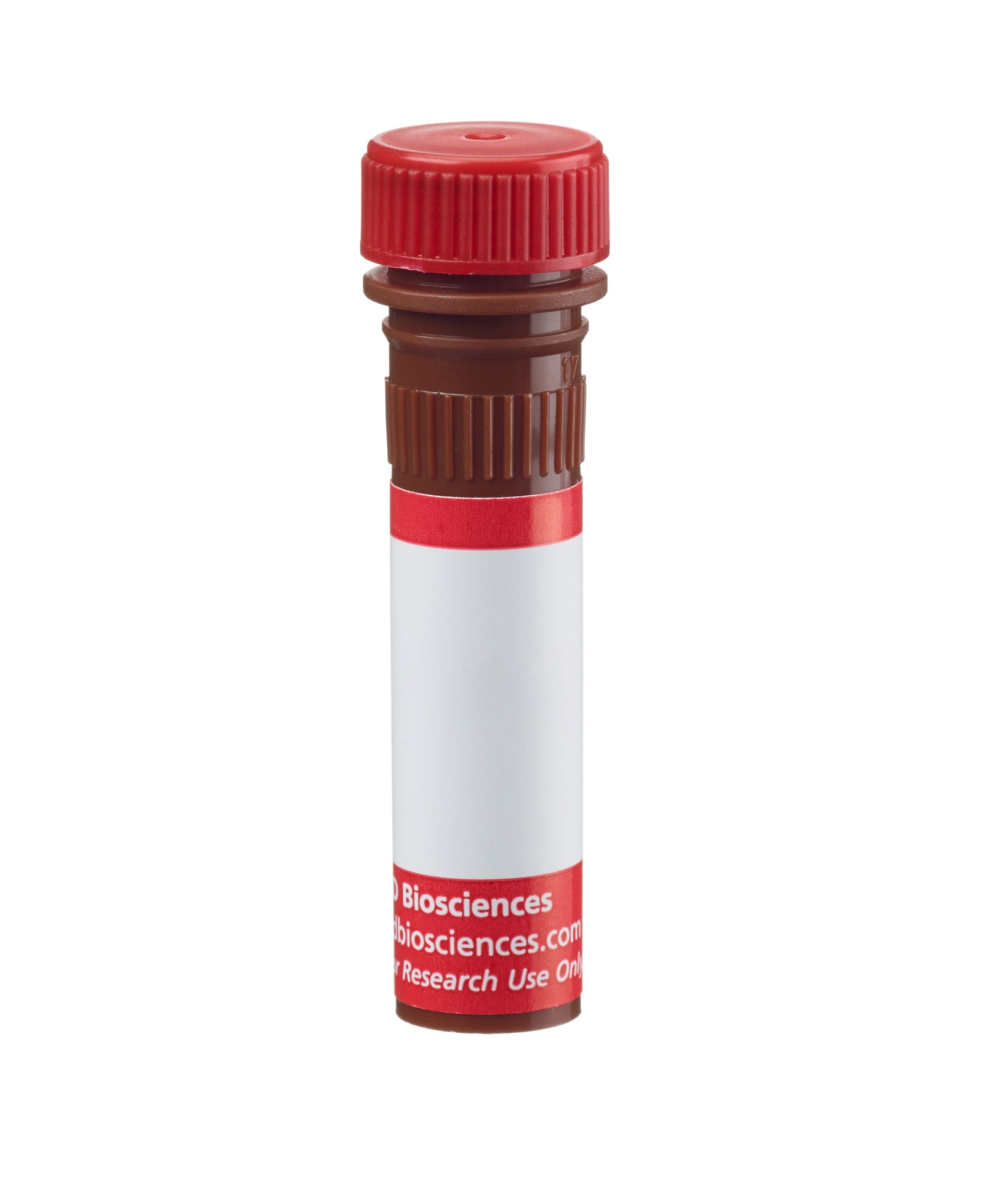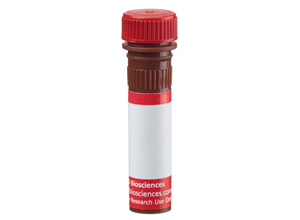


1/4

品牌: BD Pharmingen
 下载产品说明书
下载产品说明书 用小程序,查商品更便捷
用小程序,查商品更便捷



 收藏
收藏
 对比
对比 咨询
咨询反应种属:
Mouse (QC Testing)
Mouse (QC Testing)
来源宿主:
Rat F344, also known as Fischer, CDF IgG2a
Rat F344, also known as Fischer, CDF IgG2a
产品介绍
产品信息
抗原名称
CD206

宿主
Rat F344, also known as Fischer, CDF IgG2a

免疫原
Recombinant Mouse CD206 Carbohydrate recognition domains 4-7/Fc Fusion Protein

简单描述
The MR5D3 monoclonal antibody specifically binds to CD206 which is also known as the Macrophage mannose receptor (MMR, MR) or Mannose receptor, C type 1 (Mrc1). CD206 is a type I transmembrane glycoprotein of approximately 175 kDa that belongs to the C-type lectin superfamily. It is expressed at the cell surface and intracellularly by macrophages, Langerhans cells, dendritic cells, and endothelial cells within hepatic and lymphoid tissues. This pattern recognition receptor binds to endogenous and microbial glycoconjugates containing mannose, fucose, or N-acetylglucosamine through its C-type lectin-like carbohydrate recognition domains (CRD). CD206 also contains a cysteine-rich domain that enables binding to sulfated carbohydrate antigens. This receptor enables macrophages and other specialized cells to maintain tissue homeostasis as well as to internalize microbes or their components by phagocytosis or endocytosis. CD206 thus plays important roles in mediating innate immunity, e.g., enabling phagocytosis, as well as in processing and presenting antigens for the generation and expression of adaptive immunity. Moreover, CD206 has been associated with leucocyte homing and cancer cell metastasis.

商品描述
The MR5D3 monoclonal antibody specifically binds to CD206 which is also known as the Macrophage mannose receptor (MMR, MR) or Mannose receptor, C type 1 (Mrc1). CD206 is a type I transmembrane glycoprotein of approximately 175 kDa that belongs to the C-type lectin superfamily. It is expressed at the cell surface and intracellularly by macrophages, Langerhans cells, dendritic cells, and endothelial cells within hepatic and lymphoid tissues. This pattern recognition receptor binds to endogenous and microbial glycoconjugates containing mannose, fucose, or N-acetylglucosamine through its C-type lectin-like carbohydrate recognition domains (CRD). CD206 also contains a cysteine-rich domain that enables binding to sulfated carbohydrate antigens. This receptor enables macrophages and other specialized cells to maintain tissue homeostasis as well as to internalize microbes or their components by phagocytosis or endocytosis. CD206 thus plays important roles in mediating innate immunity, e.g., enabling phagocytosis, as well as in processing and presenting antigens for the generation and expression of adaptive immunity. Moreover, CD206 has been associated with leucocyte homing and cancer cell metastasis.

同种型
Rat F344, also known as Fischer, CDF IgG2a

克隆号
克隆 MR5D3 (RUO)

浓度
0.2 mg/ml

产品详情
Alexa Fluor™ 647
Alexa Fluor™ 647 Dye is part of the BD red family of dyes. This is a small organic fluorochrome with an excitation maximum (Ex Max) at 653-nm and an emission maximum (Em Max) at 669-nm. Alexa Fluor 647 is designed to be excited by the Red laser (627-640 nm) and detected using an optical filter centered near 520-nm (e.g., a 660/20 nm bandpass filter). Please ensure that your instrument’s configurations (lasers and optical filters) are appropriate for this dye.
应用
实验应用
Intracellular staining (flow cytometry) (Routinely Tested)

反应种属
Mouse (QC Testing)

目标/特异性
CD206 (Mannose Receptor)

背景
别名
MMR; MR; Macrophage mannose receptor 1; Mrc1; Mannose receptor, C type 1

制备和贮存
存储溶液
Aqueous buffered solution containing ≤0.09% sodium azide.

保存方式
Aqueous buffered solution containing ≤0.09% sodium azide.
文献
文献
研发参考(5)
1. Akbarshahi H, Menzel M, Posaric Bauden M, Rosendahl A, Andersson R. Enrichment of murine CD68+ CCR2+ and CD68+ CD206+ lung macrophages in acute pancreatitis-associated acute lung injury. PLoS ONE. 2012; 7(10):e42654. (Biology).
2. Burgdorf S, Lukacs-Kornek V, Kurts C. The mannose receptor mediates uptake of soluble but not of cell-associated antigen for cross-presentation. J Immunol. 2006; 176(11):6770-6776. (Biology).
3. Marttila-Ichihara F, Turja R, Miiluniemi M, et al. Macrophage mannose receptor on lymphatics controls cell trafficking. Blood. 2008; 112(1):64-72. (Clone-specific: Immunofluorescence, Immunohistochemistry).
4. McKenzie EJ, Taylor PR, Stillion RJ, et al. J Immunol. 2007; 178(8):4975-4983. (Clone-specific: Flow cytometry).
5. Zamze S, Martinez-Pomares L, Jones H, et al. Recognition of bacterial capsular polysaccharides and lipopolysaccharides by the macrophage mannose receptor. J Biol Chem. 2002; 277(44):41613-41623. (Immunogen: Dot Blot, ELISA, Flow cytometry, Immunoaffinity chromatography, Immunohistochemistry, Immunoprecipitation).

声明 :本官网所有报价均为常温或者蓝冰运输价格,如有产品需要干冰运输,需另外加收干冰运输费。








 危险品化学品经营许可证(不带存储) 许可证编号:沪(杨)应急管危经许[2022]202944(QY)
危险品化学品经营许可证(不带存储) 许可证编号:沪(杨)应急管危经许[2022]202944(QY)  营业执照(三证合一)
营业执照(三证合一)